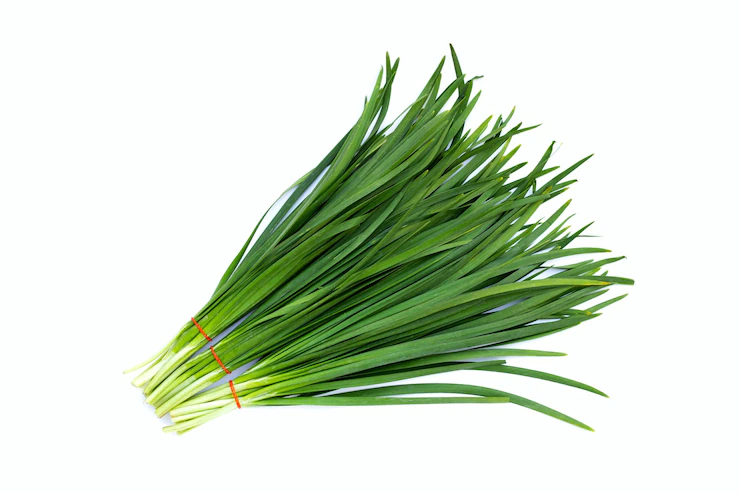Chives are a popular and versatile herb that adds a delightful flavor and aroma to dishes. Whether you’re an experienced gardener or a beginner, understanding the key factors for successful chive cultivation is crucial. In this article, we will explore 10 important things you should know before growing chives in South Africa.
- Climate and Season: Chives thrive in mild to cool climates. In South Africa, they are typically grown during the spring and autumn seasons when temperatures range between 15°C and 25°C (59°F and 77°F). Chives can tolerate light frost but may struggle in extreme heat.
- Soil Preparation: Chives prefer well-draining soil with a pH level between 6 and 7. Prepare the soil by incorporating organic matter, such as compost or well-rotted manure, to improve fertility and drainage.
- Variety Selection: There are various chive varieties available, but the most common is Allium schoenoprasum. Select a variety that is suitable for South African growing conditions and culinary preferences.
- Propagation: Chives can be propagated from seeds or by dividing existing clumps. Sow seeds indoors or directly in the garden, keeping the soil moist until germination. For division, separate clumps in early spring or autumn, ensuring each division has healthy roots and foliage.
- Watering and Irrigation: Chives prefer moist soil but can tolerate some drought. Water the plants deeply and regularly, allowing the soil to dry slightly between waterings. Avoid overwatering, as it can lead to root rot.
- Fertilization: Chives are not heavy feeders and can grow well in moderately fertile soil. Incorporate compost or a balanced organic fertilizer into the soil before planting. Additional fertilization may not be necessary unless the plants show signs of nutrient deficiency.
- Sunlight Requirements: Chives thrive in full sun to partial shade. Ensure they receive at least 4-6 hours of direct sunlight daily for optimal growth and flavor development.
- Pests and Diseases: Chives are generally resistant to pests and diseases. However, watch for common garden pests like aphids and caterpillars. If necessary, use organic insecticides or practice manual removal to control pest infestations.
- Harvesting: Chives can be harvested once the plants have established a good leafy growth. Use scissors or pruners to snip the leaves from the base of the plant, leaving a few inches of growth to encourage regrowth. Harvesting is best done in the morning when the essential oils are at their peak.
- Culinary Uses and Storage: Chives are renowned for their culinary versatility. The leaves can be used fresh or dried to enhance the flavor of various dishes, including salads, soups, sauces, and spreads. To store chives, refrigerate the fresh leaves in a sealed plastic bag or freeze them for long-term use.
Growing chives in South Africa can be a rewarding and flavorful experience. Consider the climate, soil preparation, variety selection, propagation methods, watering, fertilization, sunlight requirements, pest and disease management, harvesting techniques, and culinary uses. With proper care and attention, you can cultivate healthy chive plants and enjoy a bountiful harvest of this aromatic herb. Get ready to add a touch of freshness and flavor to your culinary creations!
Join 'Farmers Mag' WhatsApp Channel
Get the latest Farming news and tips delivered straight to your WhatsApp
CLICK HERE TO JOIN






